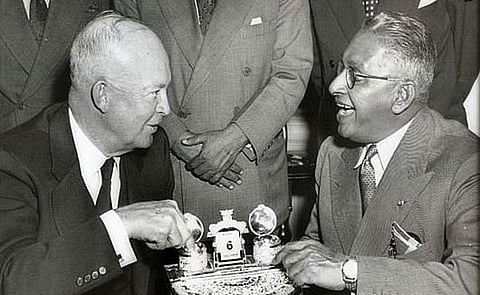60 years since the Great Hartal
This year, 12 August marks the 60th anniversary of the Great Hartal of 1953, the nationwide strike and mass public agitation that brought down independent Ceylon's second prime minister, successfully reversed certain unpopular government policies, and became a celebrated event for Lankan leftists. There are domestic political, economic and social aspects to the emergence of this historical moment, which shook state and society in postcolonial Ceylon. But the Hartal was also shaped by the politics of decolonisation and the erstwhile global order, and understanding this crucial moment means exploring the longer history of global political and economic forces, their impact on Sri Lanka's economy, and the resulting upheavals and struggles. Looking at the country today, one could argue that the impact of global forces and the tremendous changes in the Sri Lankan economy in the years following the end of the civil war are comparable to the changes experienced in the years after independence, which culminated in the Great Hartal.
From London to Washington
Lankan independence, coming just five years before the Hartal, was shaped by the Second World War and the decline of the British Empire, which led to decolonisation across Southasia. The Soulbury Commission, sent to Ceylon by the British government in 1945, was clearly constrained by these events as it attempted to address issues of state reform. Furthermore, after the ban on the Trotskyist Lanka Sama Samaja Party (LSSP) during WWII, Ceylon's nationalist elite gave their full support to the British administration. The delay, timing and eventual recommendations of the Soulbury Commission, which culminated in Ceylon's first postcolonial constitution, were all meant to preserve this loyal support and guarantee that the country would not cause the British any bother, first during WWII and then as Britain prepared for the Cold War.

